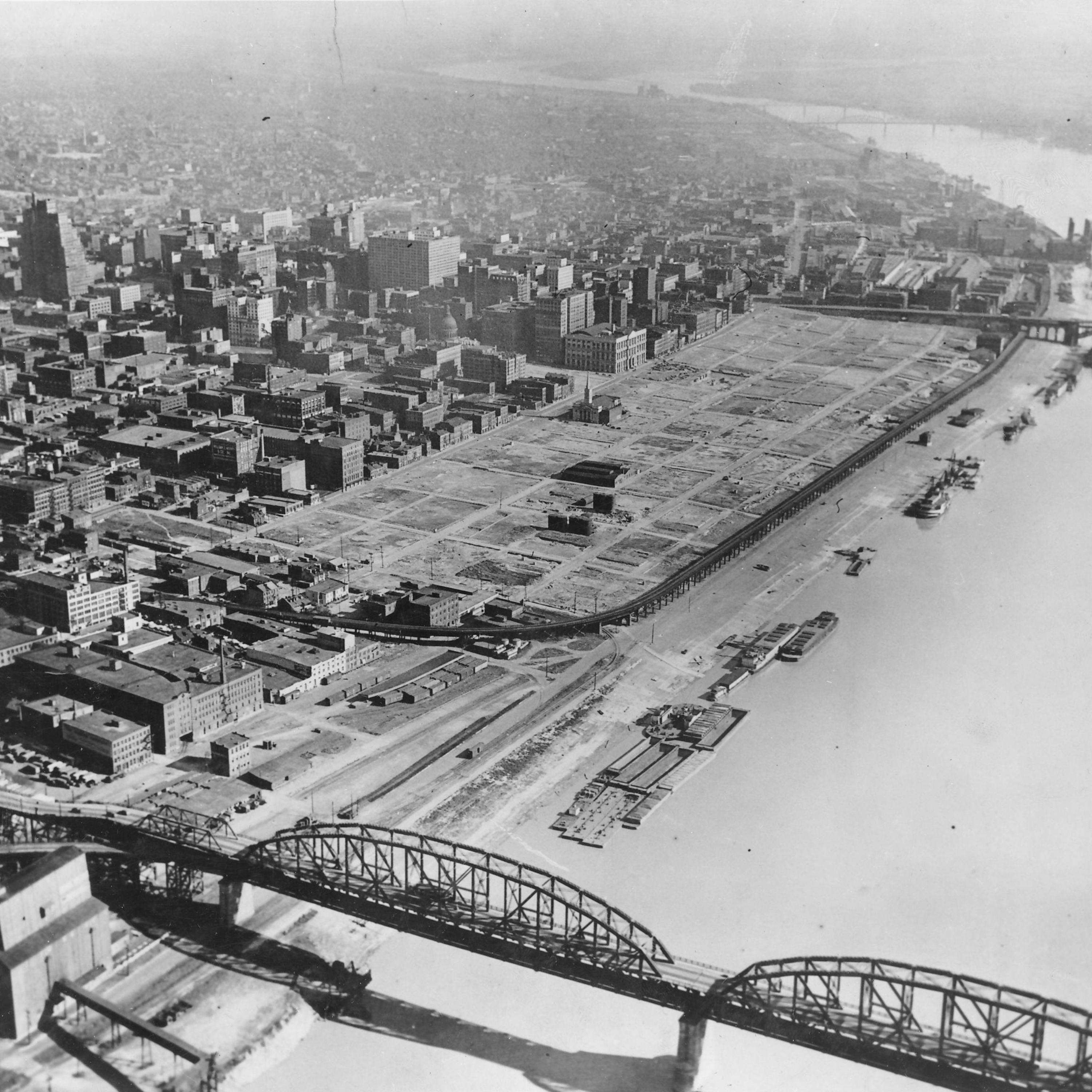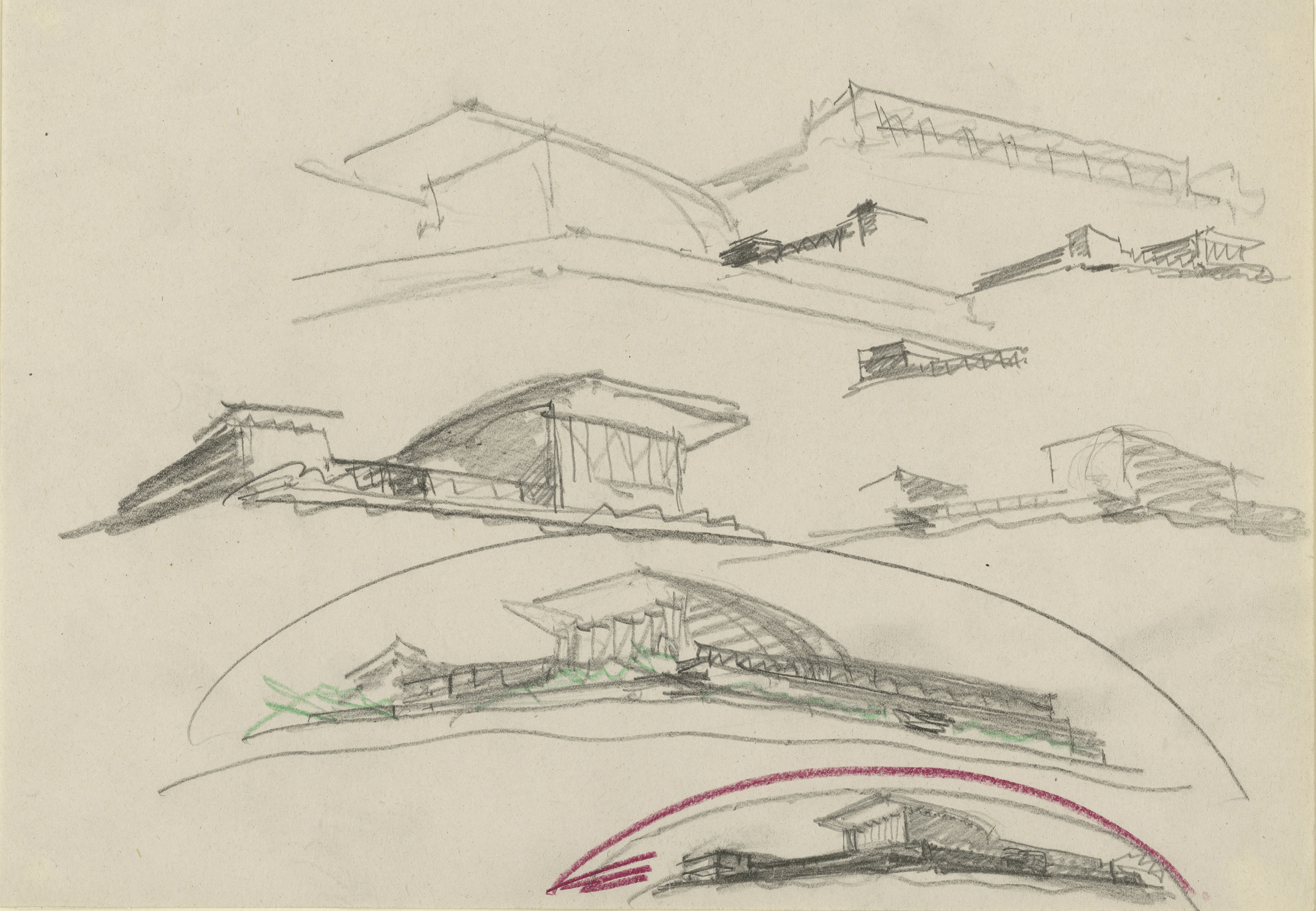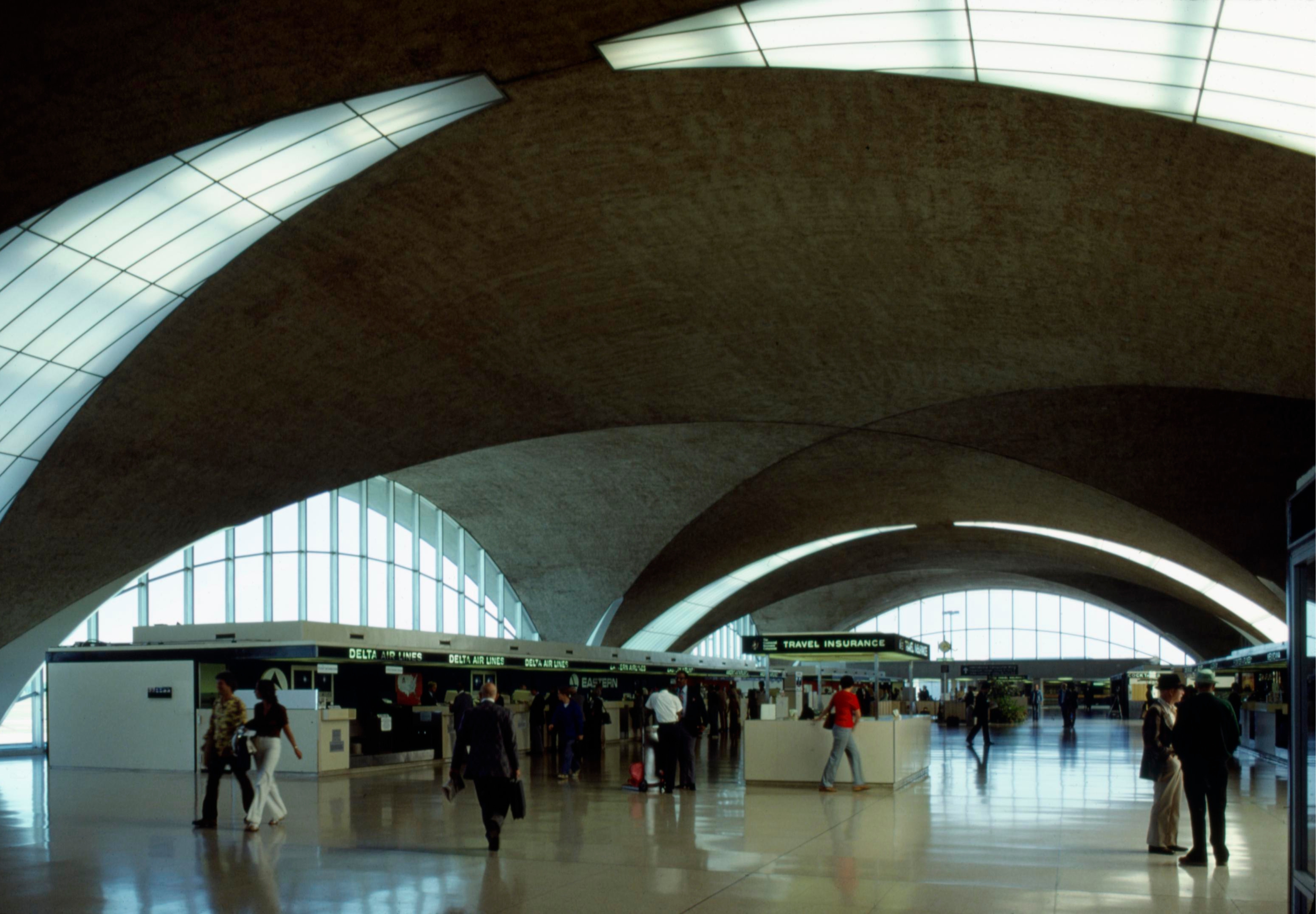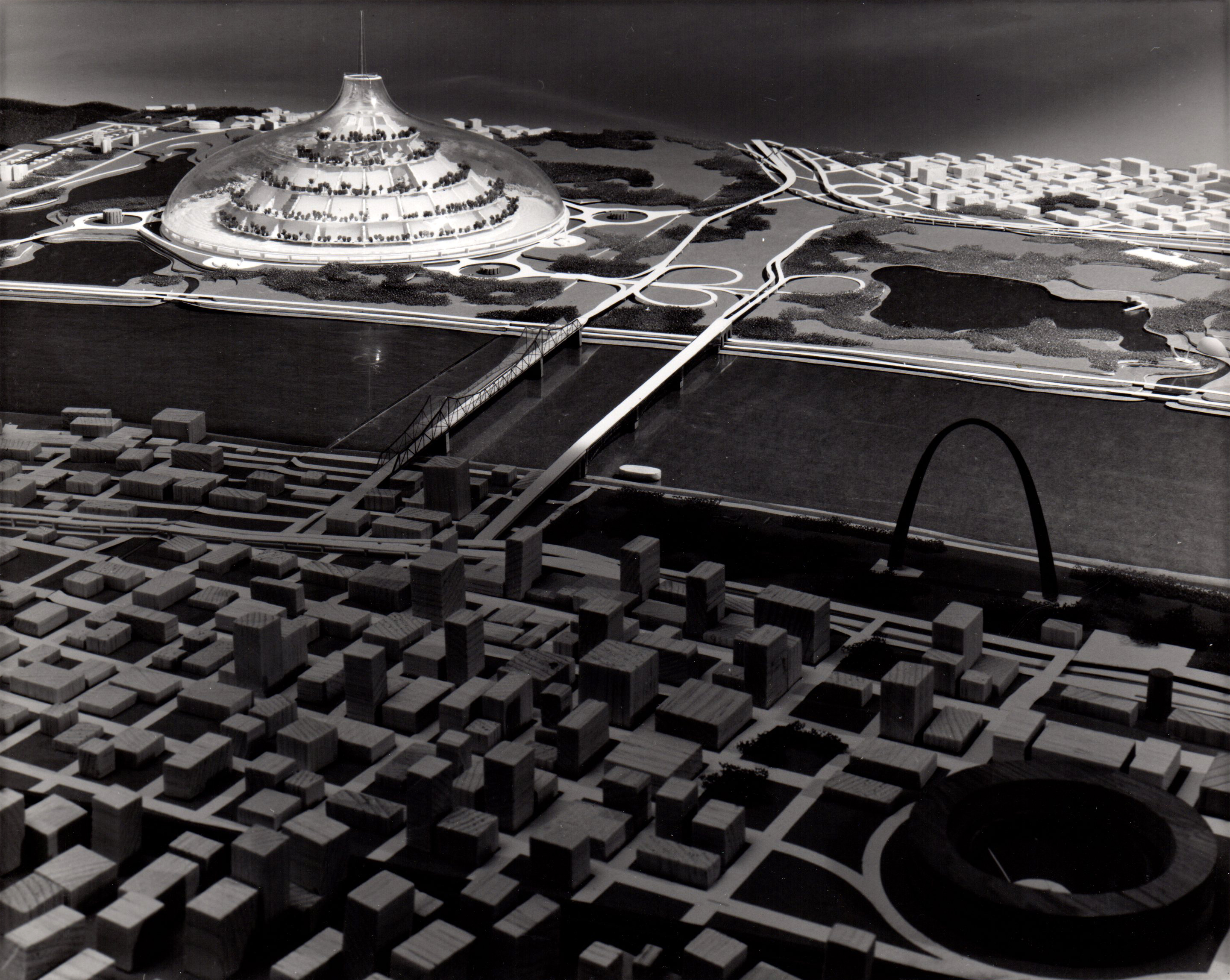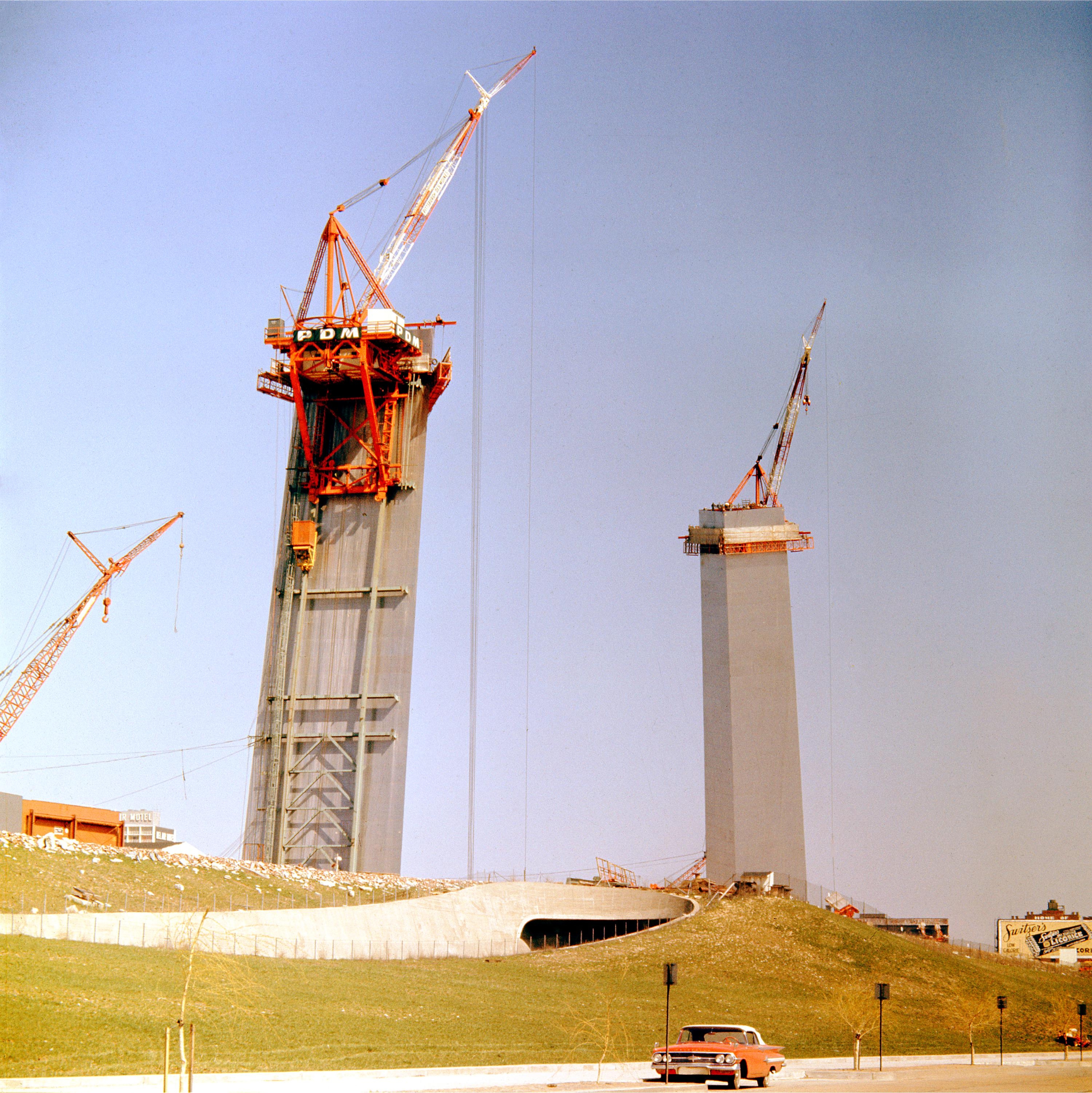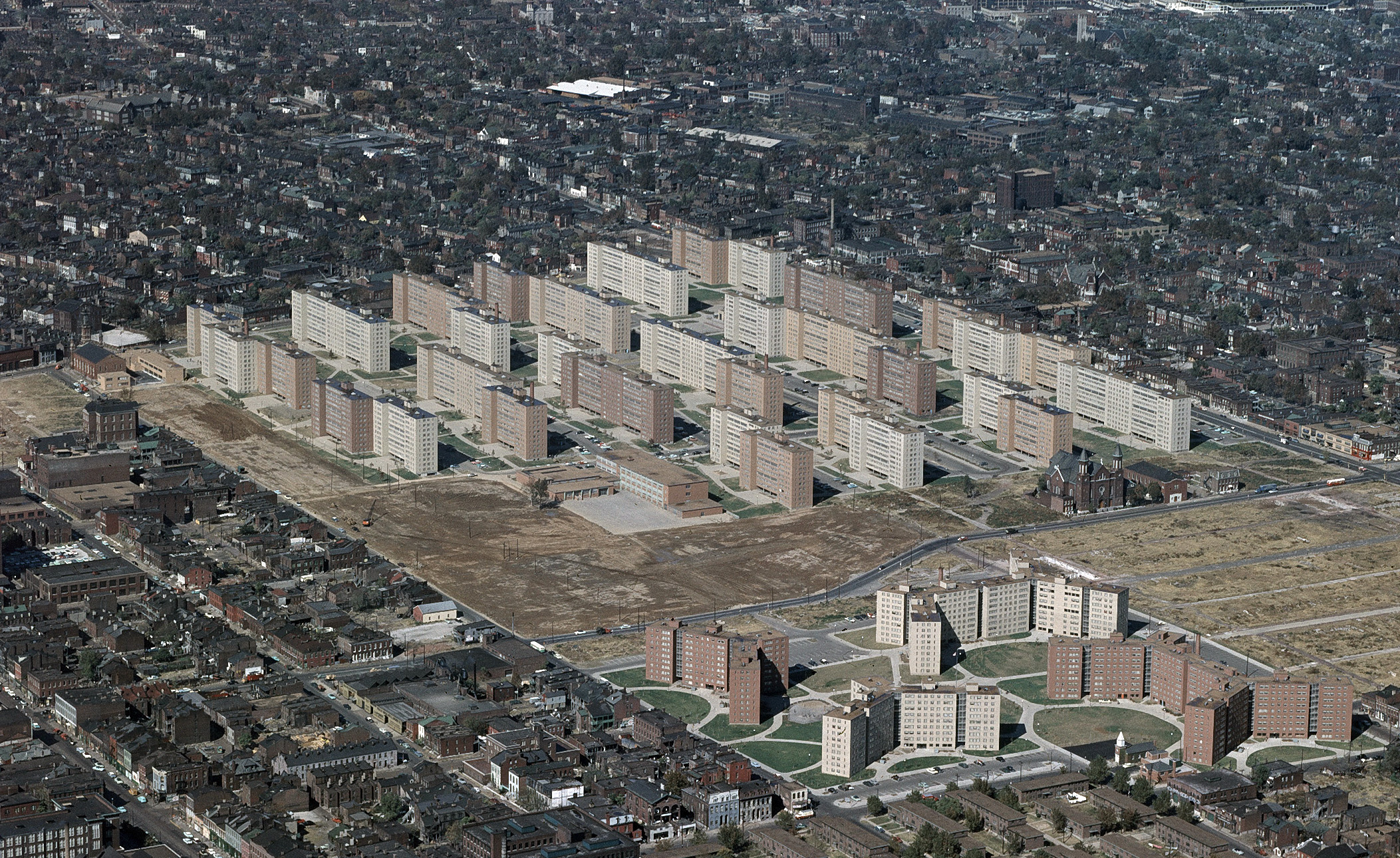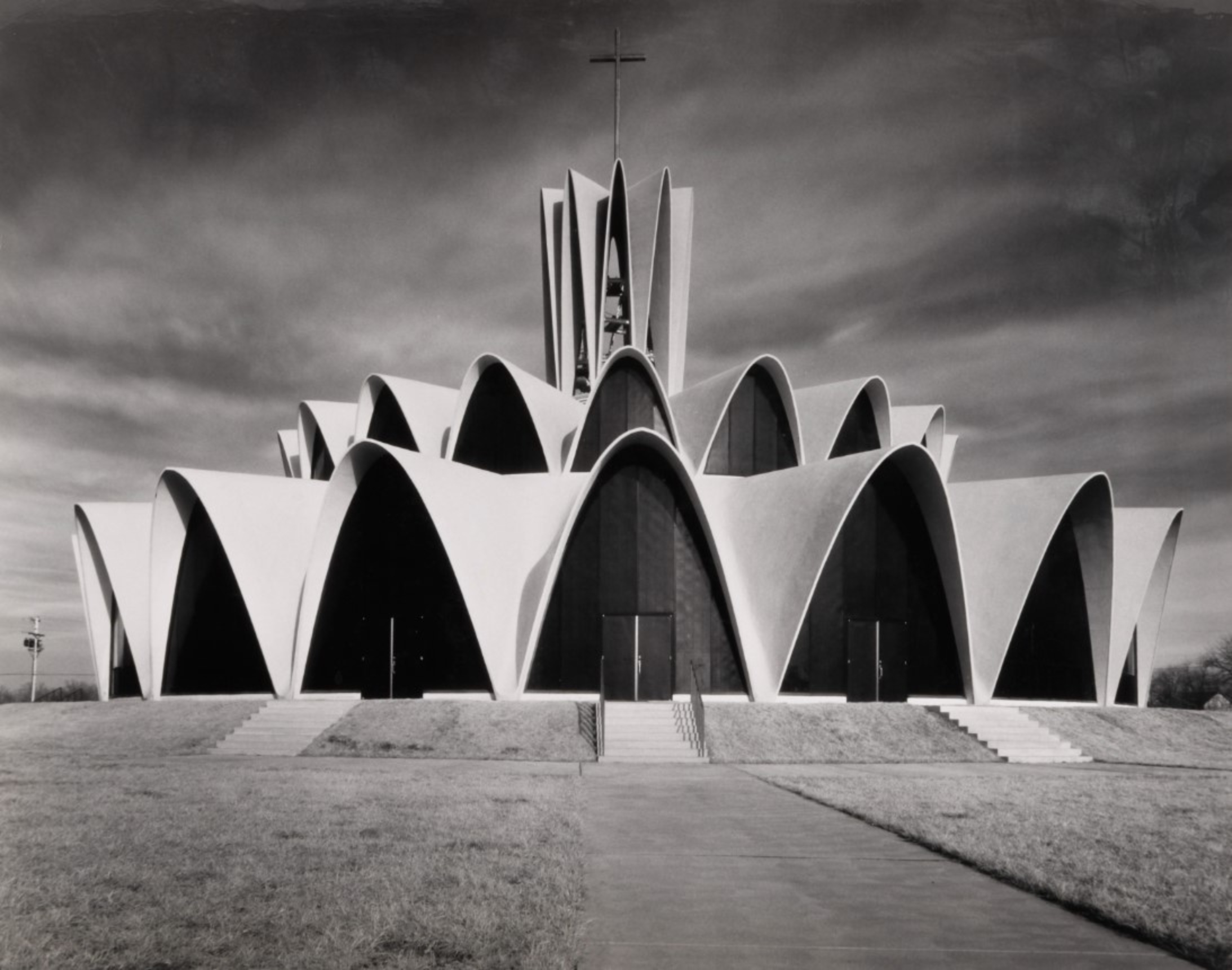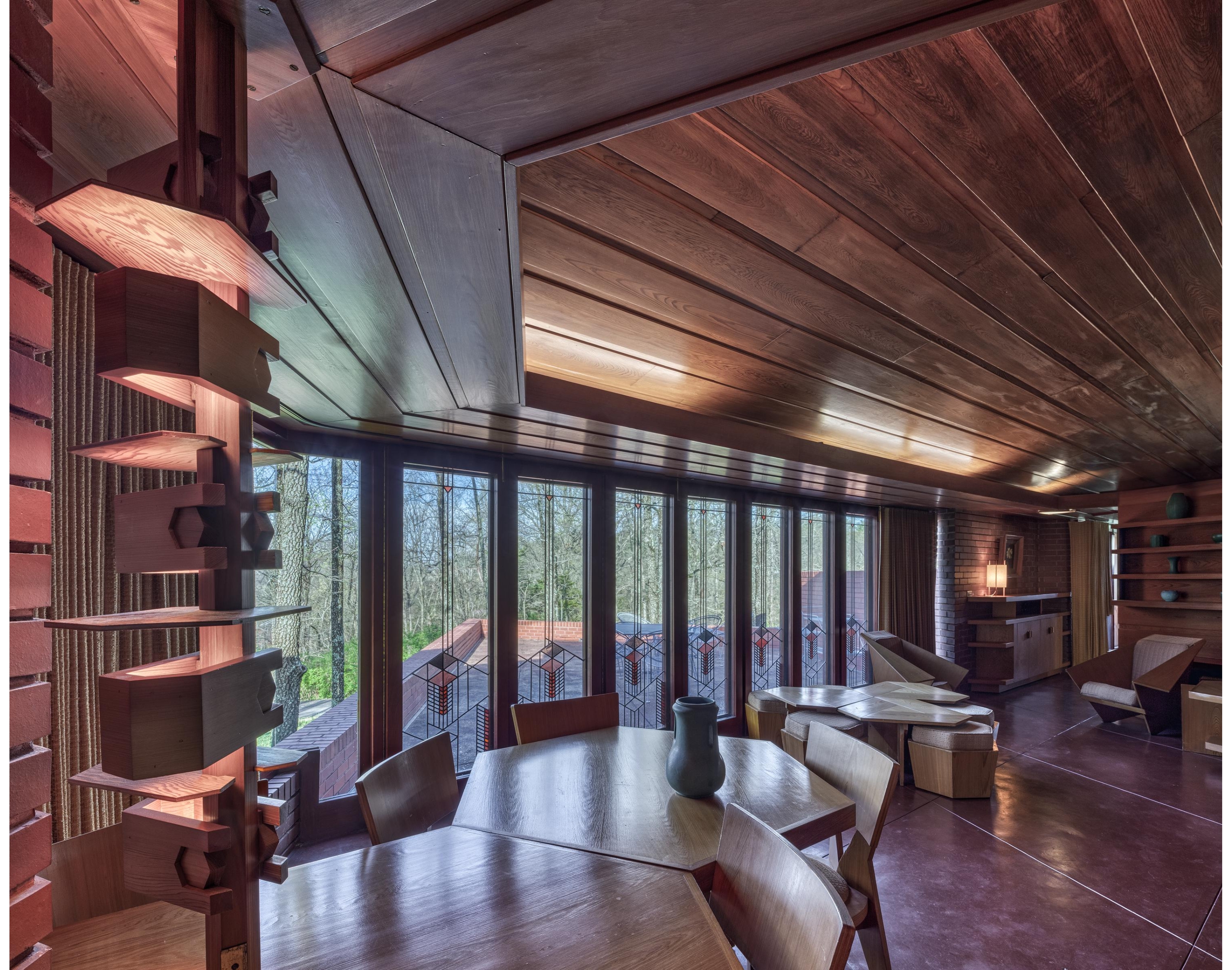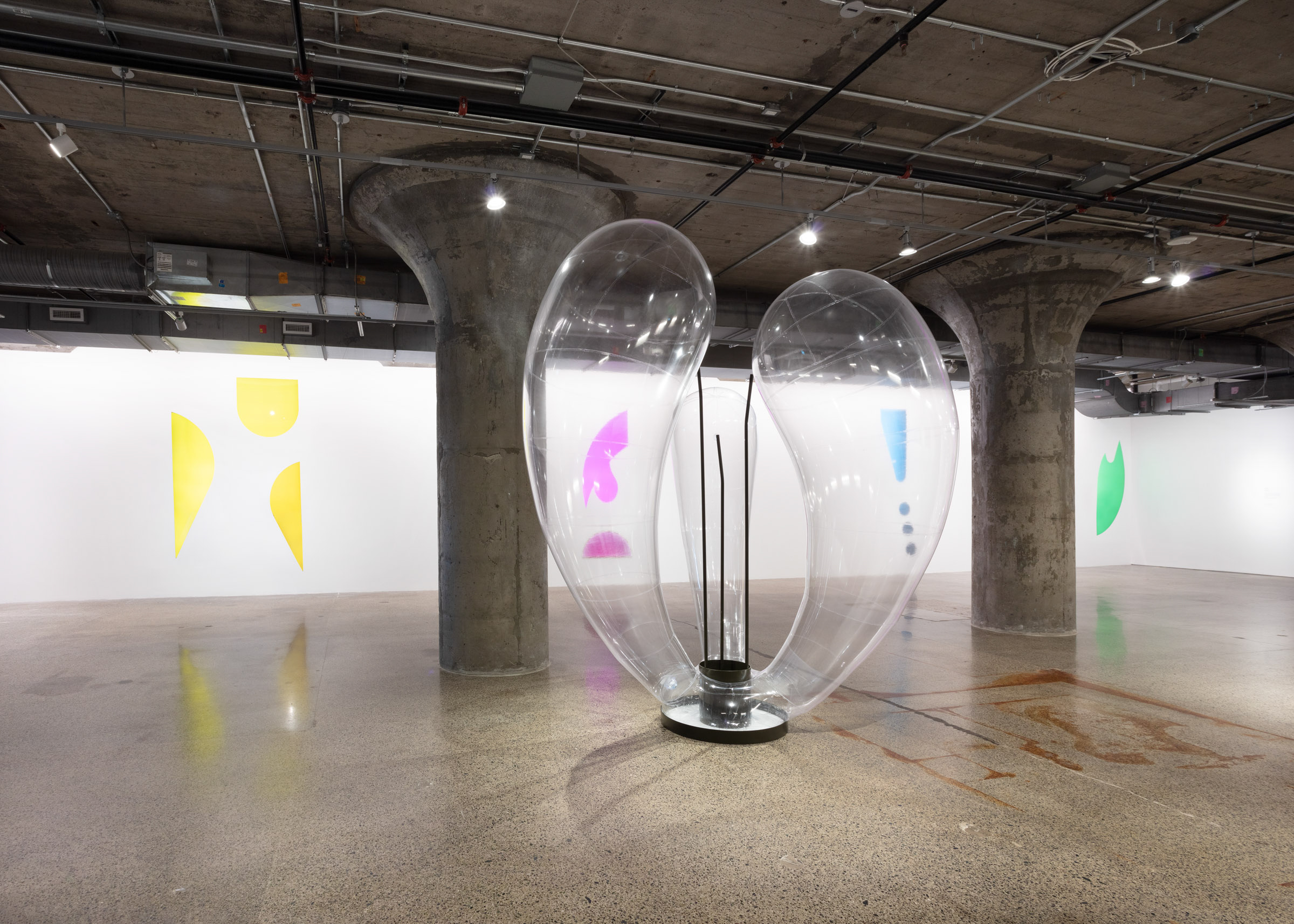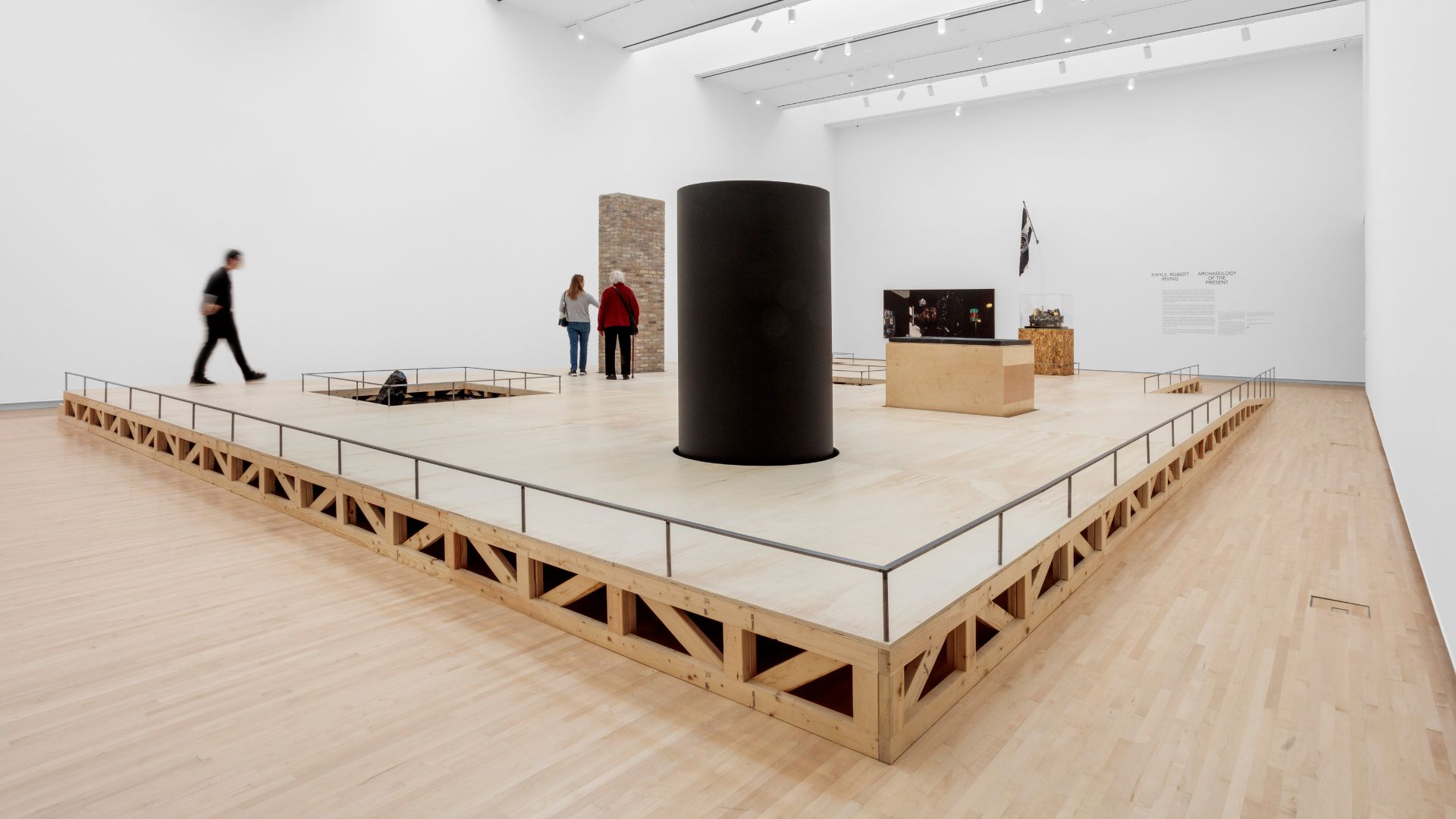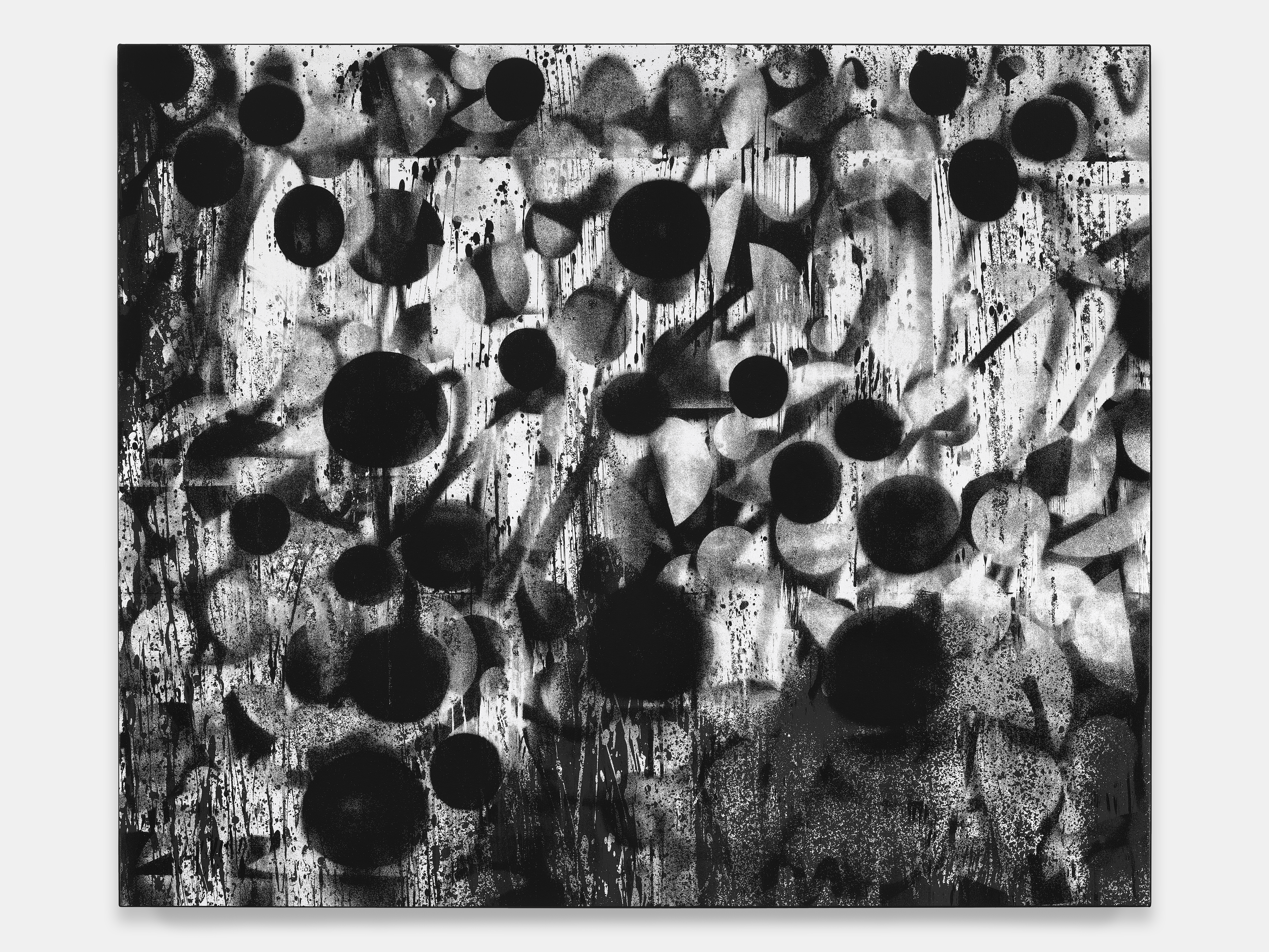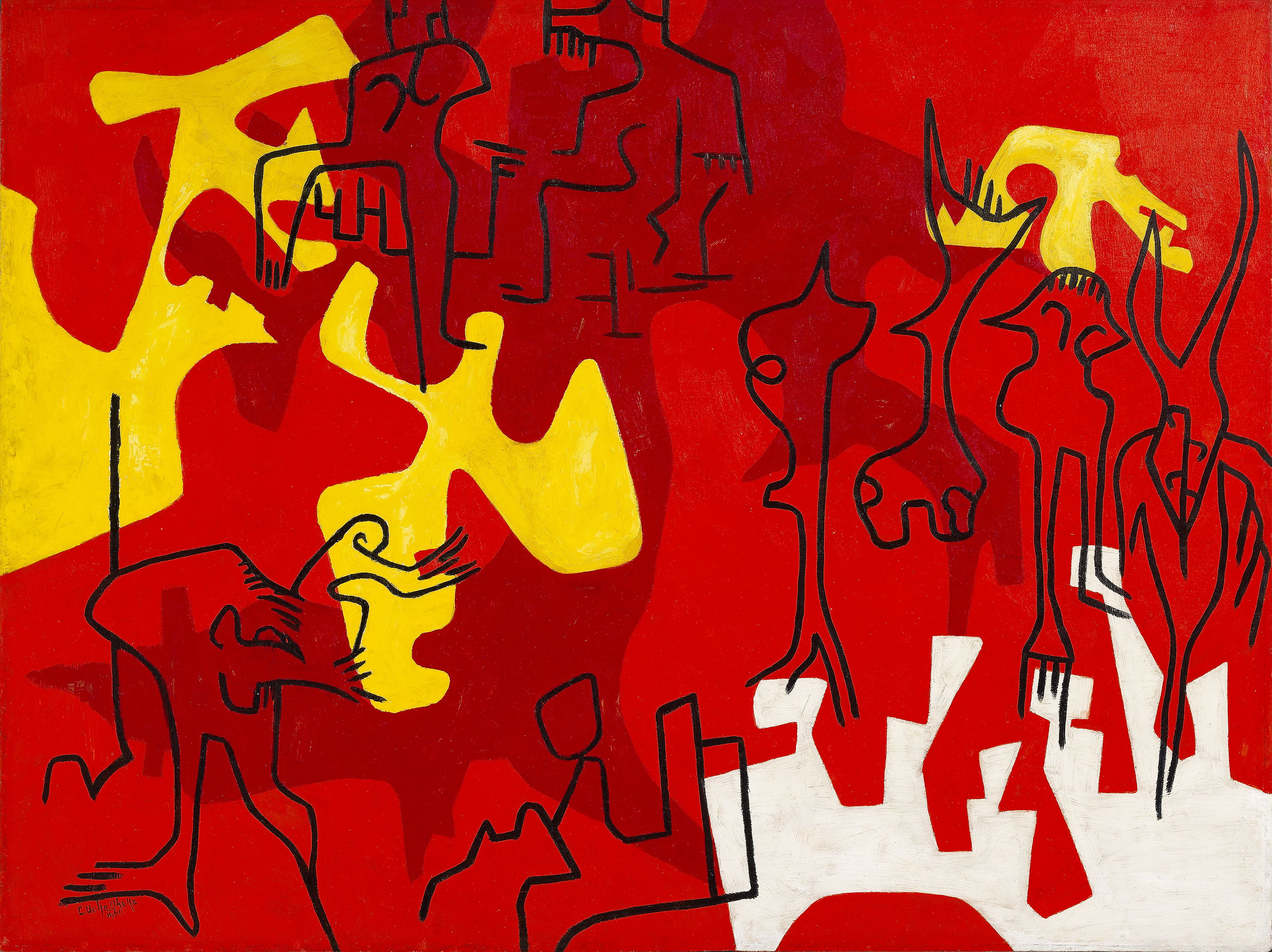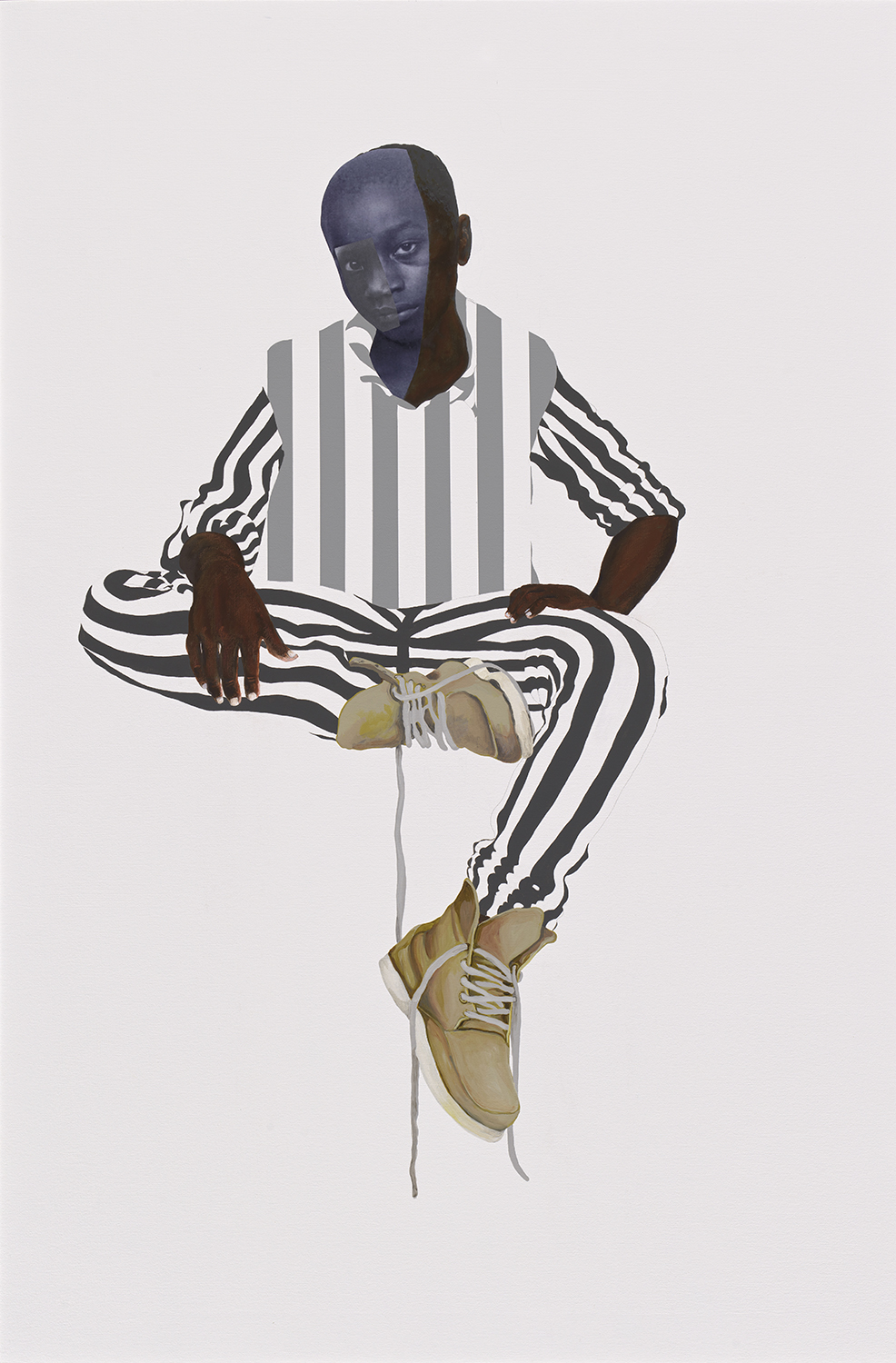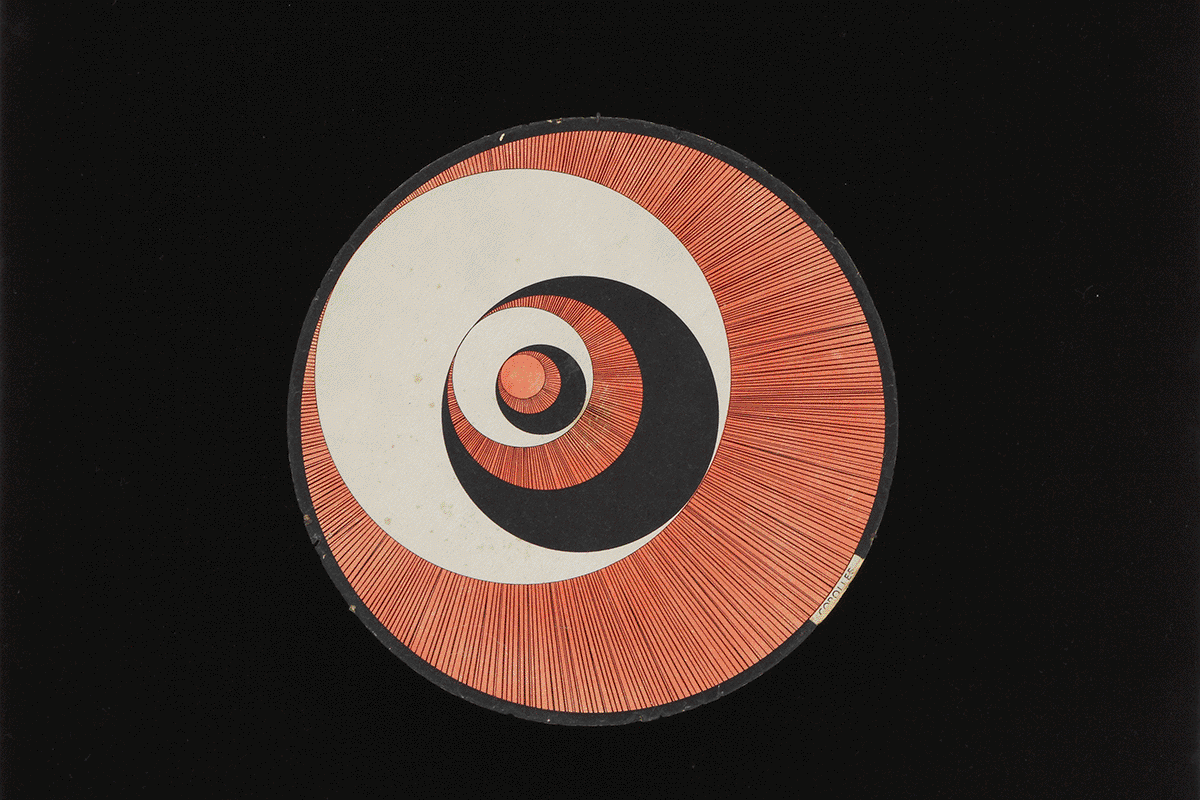September 13, 2024–January 6, 2025
St. Louis 63130
USA
Hours: Monday and Wednesday–Sunday 11am–5pm
T +1 314 935 4523
kemperartmuseum@wustl.edu
The Mildred Lane Kemper Art Museum at Washington University in St. Louis presents Design Agendas: Modern Architecture in St. Louis, 1930s–1970s, September 13, 2024–January 6, 2025.
Beginning in the 1930s, internationally known architects such as Eric Mendelsohn, Eero Saarinen and Minoru Yamasaki — alongside important regional and national figures like Harris Armstrong, Charles Fleming, Joseph Murphy and Gyo Obata — created iconic structures that embodied new ideas about form and, in many cases, democratic social organization. Yet the period also was marked by racial segregation and by large-scale demolitions throughout the urban core.
With nearly 300 architectural drawings, models, photographs, films, digital maps and artworks, “Design Agendas” is the first major exhibition to examine how interlocking civic, cultural and racial histories, as well as conflicting ideological aims, reshaped the city.
Design directions
The opening section, “Modern Architecture Comes to St. Louis, 1930s–1950s,” showcases an array of early modernist building types, from private houses and places of worship to medical facilities and public monuments.
Important examples included Armstrong’s Shanley Building (1935) and Samuel Marx’s now-demolished Morton D. May house (1941) as well as the original Homer G. Phillips Hospital (1937), a modern/historicist hybrid designed by city architect Albert Osburg for The Ville, then one of St. Louis’ few Black neighborhoods. Following World War II, Mendelsohn’s B’nai Amoona synagogue (1946–50), Murphy’s St. Ann Catholic Church (1947–51) and Obata’s Priory Chapel (1962) offered new and influential models of modern religious buildings that also served as suburban community centers.
In St. Louis, in 1935, President Franklin D. Roosevelt designated 82 acres of downtown riverfront as a national historic site. By 1942, most of the area had been razed in preparation for a national memorial that would celebrate westward expansion. Six years later, Saarinen won the commission with his iconically modernist design of the Gateway Arch.
Urban renewal
The second section, “Urban Renewal and Suburban Growth, 1947–1959,” opens with a series of maps, both archival and original to the exhibition, depicting settlement patterns and, as the New Deal gave way to the Great Society, demographic shifts.
One striking image, created in 1947 by WashU alumna Virginia Anne Henry, details land usage in Mill Creek Valley. During the Great Migration, this neighborhood, which predated the founding of St. Louis, became an important center of African American life—even as an influx of heavy industry rendered it increasingly inhospitable. In the mid-1950s, interstate highway construction and a bond issue championed by city engineer Harland Bartholomew, ostensibly for infrastructure modernization, led to the demolition of more than 5,000 structures and the displacement of 20,000 Black residents.
Many of those displaced would move into new public housing projects on the city’s north side, most notably the Wendell O. Pruitt Homes and the William Igoe Apartments (1950–56). Designed by Hellmuth, Yamasaki + Leinweber, the massive complex—commonly known as Pruitt-Igoe—encompassed 33 buildings of 11 stories each.
A larger conversation
In the 1950s and ‘60s, modernist aesthetics, backed by civic leaders and federal funding, grew increasingly mainstream. In “New Architecture for the Public,” Mumford and Willis examine Armstrong’s American Stove Company (1946), with its molded plaster ceiling by sculptor Isamu Noguchi, and Yamasaki’s iconic Lambert Airport terminal (1950–56).
As the Civil Rights Movement challenged racial segregation, a new generation of architects and activists, including Fleming, Roger Montgomery and Chloethiel Woodard Smith, challenged the social and design shortcomings of high-rise slum clearance. The fourth section, “Seeking a Racially Integrated Region Through Design, 1960s–70s,” explores Buckminster’s Fuller’s massive, and never-built, Old Man River proposal in East St. Louis, Ill., which was fiercely contested by some members of the African American community.
“Design Agendas” symposium
On October 25 and 26, the Museum will host a “Design Agendas” symposium. The two-day gathering will feature a keynote address by urban designer Toni L. Griffin, founder of urbanAC in New York and a professor in practice at the Harvard Graduate School of Design.
